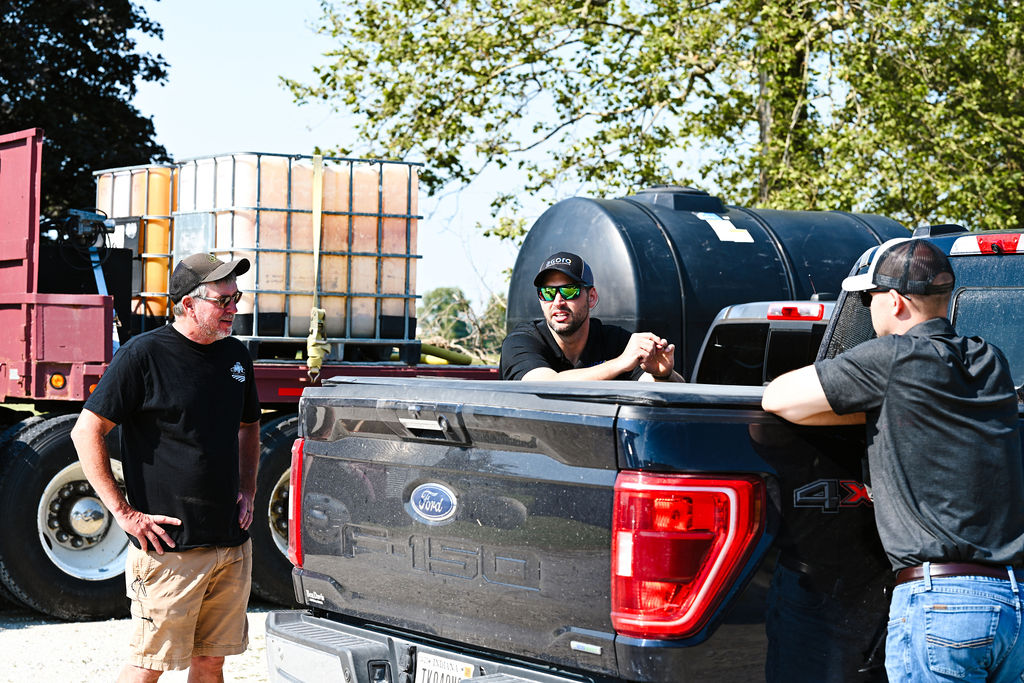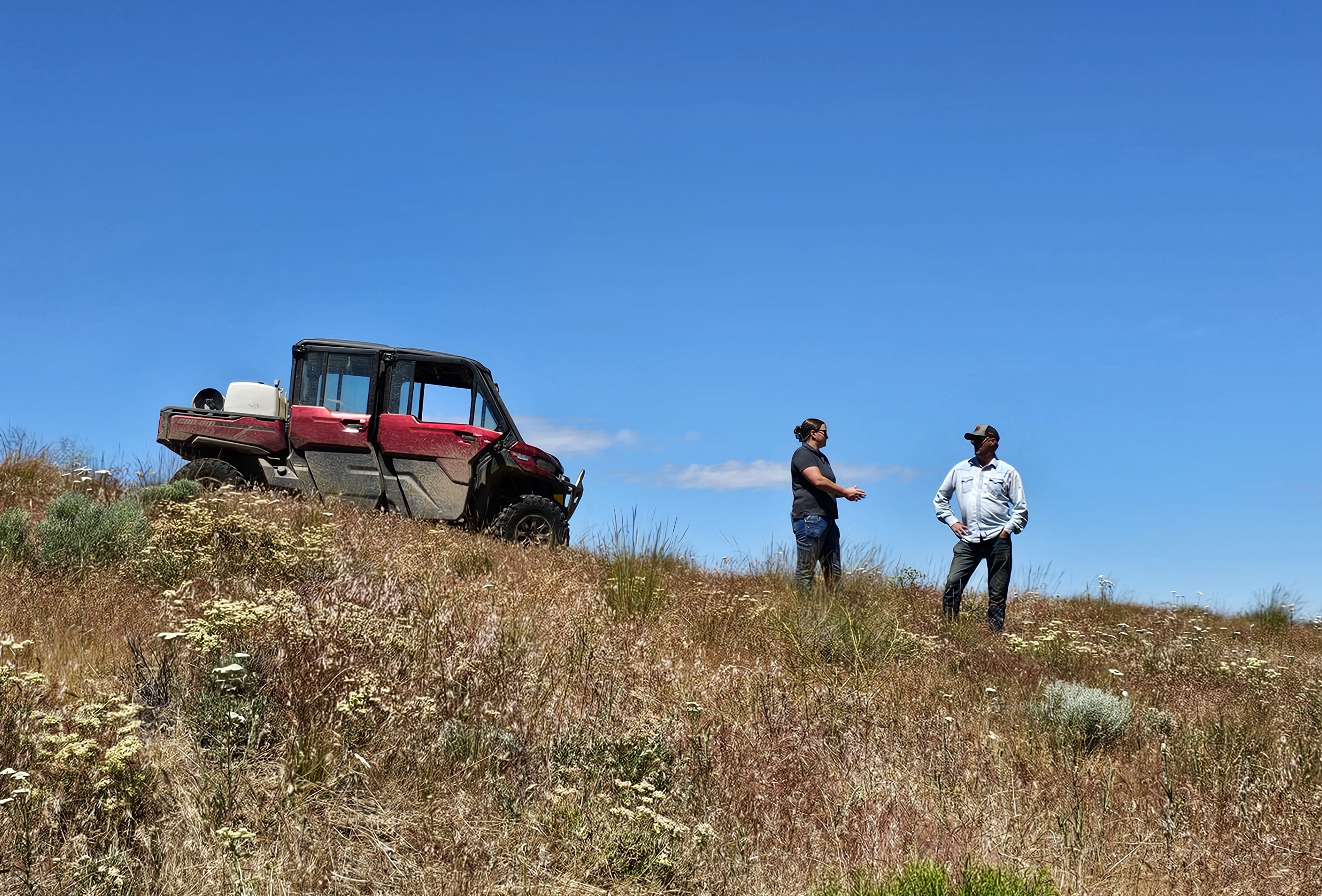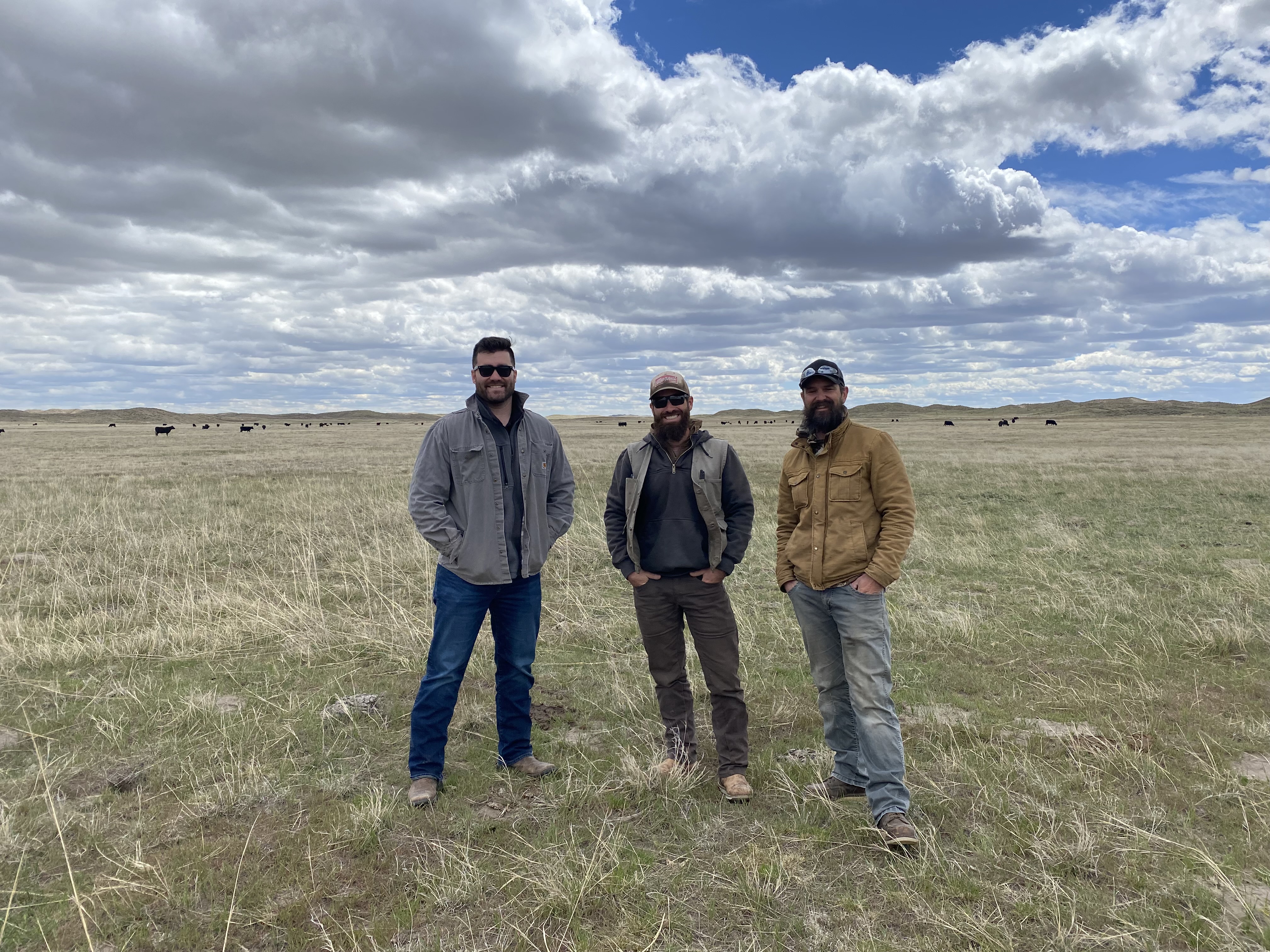Corn Belt vs. Pacific Northwest
Growing up and living in the midst of Midwest agriculture has always been a part of my life; specifically corn and soybeans with little to no other crops mixed in. Eight months after joining Agoro Carbon Alliance as an agronomist I was asked to transition to help support our farmers and ranchers in the Pacific Northwest (PNW). The PNW is an area dominated with dry land wheat, canola, alfalfa, with a few acres of irrigated corn, and little to no soybeans at all. This was a huge shift in my agronomy background and education, it wasn’t just the normal doldrums of the corn and soybeans growing seasons. With this change came an opportunity to step out of the Corn Belt and educate myself on new crops like dry land wheat.
Back in the Corn Belt
Here in Indiana growers raise wheat, mostly as a way to allow ample timing for tile drainage installation, manure application, and cover crop growth. The wheat crop itself in most cases is an afterthought. So with that I spent time with growers understanding how their operation worked, why they do the things they do, and how Agoro Carbon Alliance can help be a partner with them along the way. After a month or so in my new role it became clear that there was a huge opportunity for our carbon cropping practices to work with these growers in their rotations allowing them to add a revenue stream to their operation for implementing conservation practices that generate carbon credits while improving soil health.
Looking West
When we look at row crop acres, we focus on three practice changes right now for carbon credit payments: no till, reducing tillage, and nitrogen management. These practices fit in quite well with our growers in the PNW, and to me it’s an easier transition compared to the growers of the Corn Belt, let me explain. In the Corn Belt, where corn and soybeans are king, most growers harvest the crop in the fall, do some type of tillage pass after that harvest and then do another tillage pass in the spring and then plant the crop. This two tillage pass system can struggle to adopt our carbon reducing practices because they are limited on what tillage passes they can remove. In most cases the second tillage pass is due to the first, and the first is necessary for the second to be useful. This combination makes it hard for some growers to participate in these sustainable practices.
In the PNW dryland wheat growers make multiple passes across every acre, we’re talking 7, 8, 9 passes each year, to do a variety of tillage, weeding, and spraying passes for that crop. The region also produces less bushels since the soil and growing conditions are vastly different than the Corn Belt. PNW dryland wheat yields can range from 20-75 bushels depending on location of the farm and rainfall, there’s areas that get 7-8” of rain a year. Places with more rain, get higher yields and vice versa, growers out here are begging for moisture every year, while looking at ways to maintain and conserve every ounce of water they get. Compared to the Midwest where the vast majority of growers are seeing 35”+ of rain each year, and installing drainage systems to remove excess water from their fields. These two factors are why I believe our carbon program really shines for our PNW growers.
Our programs fit well in these areas because we can work with our growers figuring out which tillage passes we can eliminate from their operation to maximize their carbon potential. Because these growers have so many passes it’s not as complex to remove them compared to the Corn Belt. Another key point is, since we’re working with mostly lower yield environments our payments go farther in these areas allowing growers to generate income both from the crop and Agoro Carbon Alliance that can help their bottom line when rainfall comes up short on a year, or crop prices would fluctuate down.
A carbon program will aid PNW growers in retaining moisture during their fallow years. In the PNW area many of these dry land growers have a year of “fallow” this is where they don’t actually grow a crop, they instead leave the ground lay so that it can gather enough moisture to help carry the crop through for the next growing season. Our hope is, by implementing our practices our growers will be able to hold more moisture while eliminating tillage passes, creating higher yields, and generating more income to their operation. I’m also very curious to see after 4-5 years of carbon cropping implementation whether these practices will be able to conserve enough water to actually remove the whole fallow year together, allowing growers to maximize their investments on every acre they operate on. This would add even more annual income to their operation.
Agronomists like myself work locally throughout the US to find opportunities for growers to get involved with the carbon market in ways that make sense for their region and operation. Growers in both the Corn Belt or PNW and beyond can join a carbon program that supports their operation’s goals. This has been a huge achievement for us, opening up a carbon program to Midwest growers to capitalize on this income has been life changing and gives them more flexibility to expand their operations with equipment and land purchases. Many of these growers wouldn’t be able to do some of this without Agoro Carbon’s flexible pre-payment option, while also being willing to try something new on their land.



